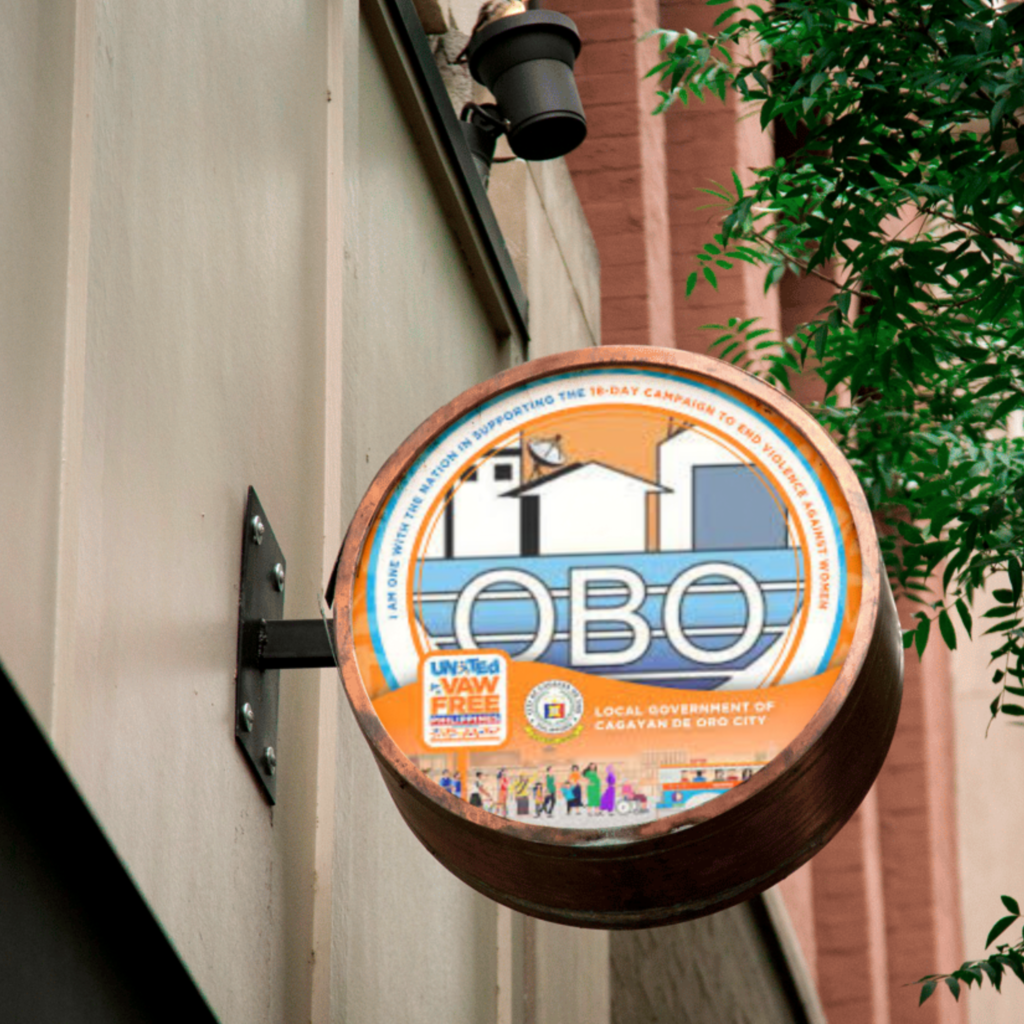Ensuring safety and compliance with electrical codes is crucial for any construction or renovation project. In Cagayan de Oro City, securing an Electrical Permit from the Office of the Building Official (OBO) is a legal requirement before starting any electrical work. This permit guarantees that your electrical installations meet safety standards and are carried out by licensed professionals. This guide provides a comprehensive step-by-step process on how to apply for an Electrical Permit in Cagayan de Oro City, outlining the necessary documents, procedures, and key considerations to ensure a smooth and compliant application process.
Step-by-Step Guide: How to Secure Your Electrical Permit in Cagayan de Oro City
Securing an Electrical Permit is critical for anyone planning to install or modify electrical systems in Cagayan de Oro City. Whether you are handling residential, commercial, or industrial projects, compliance with the latest electrical codes and regulations is essential. This blog post provides a step-by-step guide on how to apply for an Electrical Permit and the necessary documents required by the Office of the Building Official.
What is an Electrical Permit?
An Electrical Permit is an official document issued by the city’s Office of the Building Official (OBO) that grants permission to install or modify electrical systems in a building. This ensures that the electrical work complies with the Philippine Electrical Code and other applicable regulations, promoting safety and legal compliance.
Why Do You Need an Electrical Permit?
Electrical work must be performed under the supervision of a qualified professional to ensure the safety of occupants and prevent potential hazards such as electrical fires. An Electrical Permit ensures that:
- The electrical installation is in line with approved plans and national safety standards.
- Proper inspections are conducted during and after the installation process.
- A licensed electrical practitioner does the work.
Key Steps in Applying for an Electrical Permit
Here’s a breakdown of the key steps involved in the permit application process:
1. Prepare the Required Documents
Before you submit your application, gather the following essential documents:
- Electrical Permit Application Form: Complete the required form, which a duly qualified electrical practitioner must sign.
- Electrical Plans & Specifications: Five sets of these are required.
- Tax Identification Number (TIN): The applicant and the electrical contractor.
- Professional Electrical Engineer’s PRC License: Ensure your electrical contractor has a valid Professional Regulation Commission (PRC) registration.
- Building Permit (if applicable): The Electrical Permit must be accompanied by a valid Building Permit.
2. Complete the Application Form
Fill out the Electrical Permit Application Form with the required details:
- Owner/Applicant Information: Include full name, address, and TIN.
- Location of Installation: Provide the exact location of the electrical work.
- Scope of Work: Indicate whether it is a new installation, annual inspection, repair, or other types of electrical work.
- Type of Occupancy or Use: This can include residential, commercial, institutional, or industrial use.
- Number of Outlets and Equipment: Specify the number of electrical outlets, devices, and equipment installed, including lights, switches, and air conditioning units.
3. Engage a Qualified Electrical Practitioner
A licensed electrical practitioner must supervise the electrical installation. This could be a:
- Professional Electrical Engineer (PEE)
- Registered Electrical Engineer (REE)
- Registered Master Electrician (RME) for smaller projects (not exceeding 600 volts or 500 kVA)
The licensed electrical practitioner will sign and seal the application form, verifying the electrical plans.
4. Submit the Application
Submit the completed forms, documents, and the required fees to the Office of the Building Official at City Hall. Ensure that your application is reviewed by an Electrical Engineer from the City Building Office, who will assess your application for compliance with the Philippine Electrical Code.
5. Processing & Site Inspection
Once submitted, your application will undergo review. The OBO will also schedule a site inspection to assess whether the proposed electrical installation meets safety standards.
Due to additional inspections and evaluations, the processing and review typically take 7-15 working days for residential applications and longer for commercial or industrial installations.
6. Approval & Permit Issuance
After review and inspection, the Electrical Permit will be granted, allowing you to begin the electrical work. You must follow these key conditions:
- All electrical installations must follow the approved plans and the Philippine Electrical Code.
- A licensed electrical practitioner must supervise the installation.
- A Certificate of Completion must be submitted within 7 days of installation completion.
- Before the building can be occupied, a Certificate of Final Electrical Inspection must be obtained.
Conclusion
Obtaining an Electrical Permit in Cagayan de Oro City is crucial for ensuring the safety and legality of your electrical installations. Following the proper steps and engaging a qualified electrical practitioner can ensure your project meets all necessary standards and avoids potential hazards or delays.
For more information or to get started, visit the Office of the Building Official or consult with a licensed electrical practitioner. Ensure your project complies with the law and that all safety measures are in place.
Download the Electrical Permit Form here for more detailed instructions and to begin your application process.





